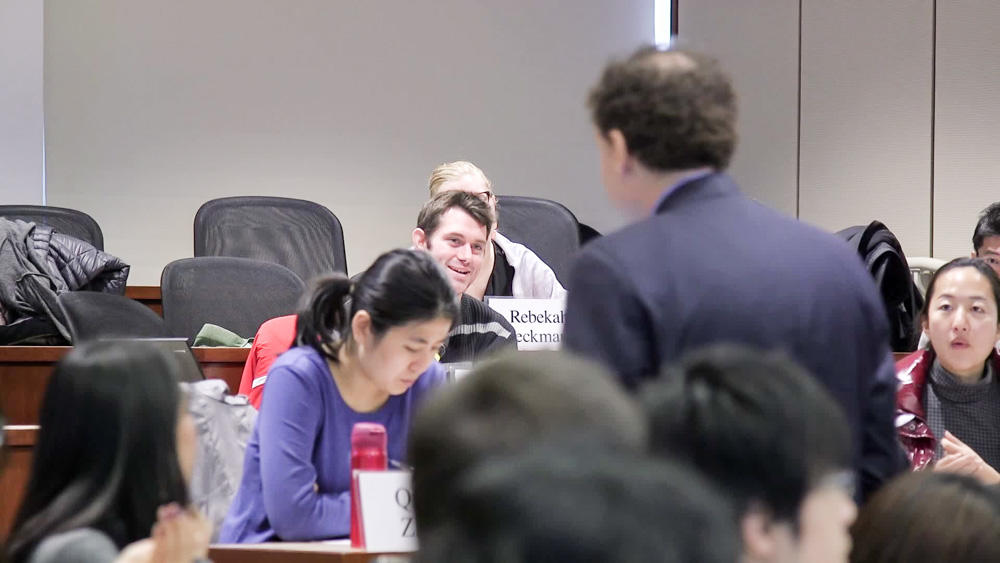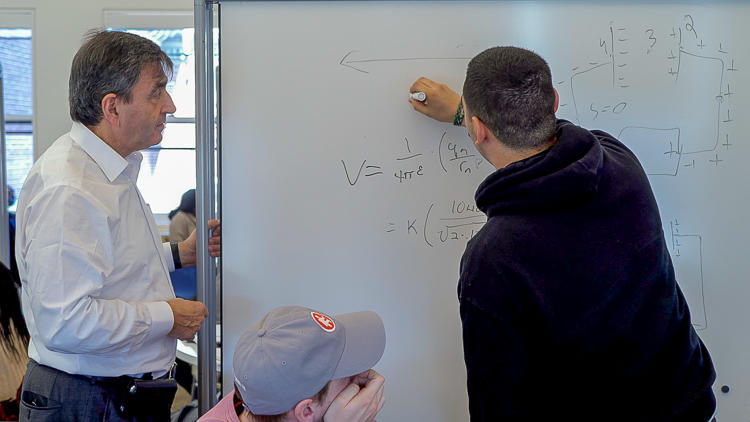Thinking like a scientist means coming up with hypotheses, even ones that might seem plausible but are ultimately incorrect. In her biology course, Paola Arlotta responds to student comments, including the incorrect ones, with positive feedback. In this video, Arlotta explains that by doing so she aims to create an environment in which students feel comfortable thinking creatively and speaking up even when they are stretched to the limits of what they know for certain.
Creating a safe environment for wrong answers
Instructor
Paola Arlotta, Professor of Stem Cell and Regenerative Biology
Student Group
Undergraduate
School
Harvard College
Course
Got (New) Brain? The Evolution of Brain Regeneration
Group Size
22 students
- Find rightness in wrong answers instead of entirely dismissing them. Even imprecise answers are likely to have some validity.
- Give positive reinforcement for participation. Especially at the undergraduate level, some students will have very little experience with course material, so it is important to cultivate a space where students feel safe participating, even if they are unsure.
- Name specific positive behaviors when delivering feedback. Keen observers, students may see right through empty, undeserved feedback. By identifying specific things students do well, however, you will affirm those who participate while spotlighting particularly valuable skills.
- Wrong answers and student misconceptions can be used to design effective learning experiences (Tanner & Allen, 2005).
- Based on their review of the evidence on feedback and its role in learning and achievement, Hattie and Timperley conclude that when properly implemented, feedback can increase the likelihood a student will persist in an activity. In developing appropriate and effective feedback, however, instructors must consider the nature of the feedback, its timing, and how students might receive it (2007).
- The physical space of a classroom can play an important role in promoting discussion. In a study of baccalaureate and master of social work students designed to investigate students’ perceptions of safe and unsafe classrooms, researchers found that students associate seating where they can see everyone as a trait of a safe classroom. According to students, these types of classrooms are additionally more conducive to discussions (Holley & Steiner, 2005).
- The Science Education Resource Center at Carleton College offers a guide on how to support students in “Making and Testing Conjectures” in science classrooms
- Harvard Business School discusses how thoughtful "Questioning, Listening, & Responding" can create a powerful environment for learning




